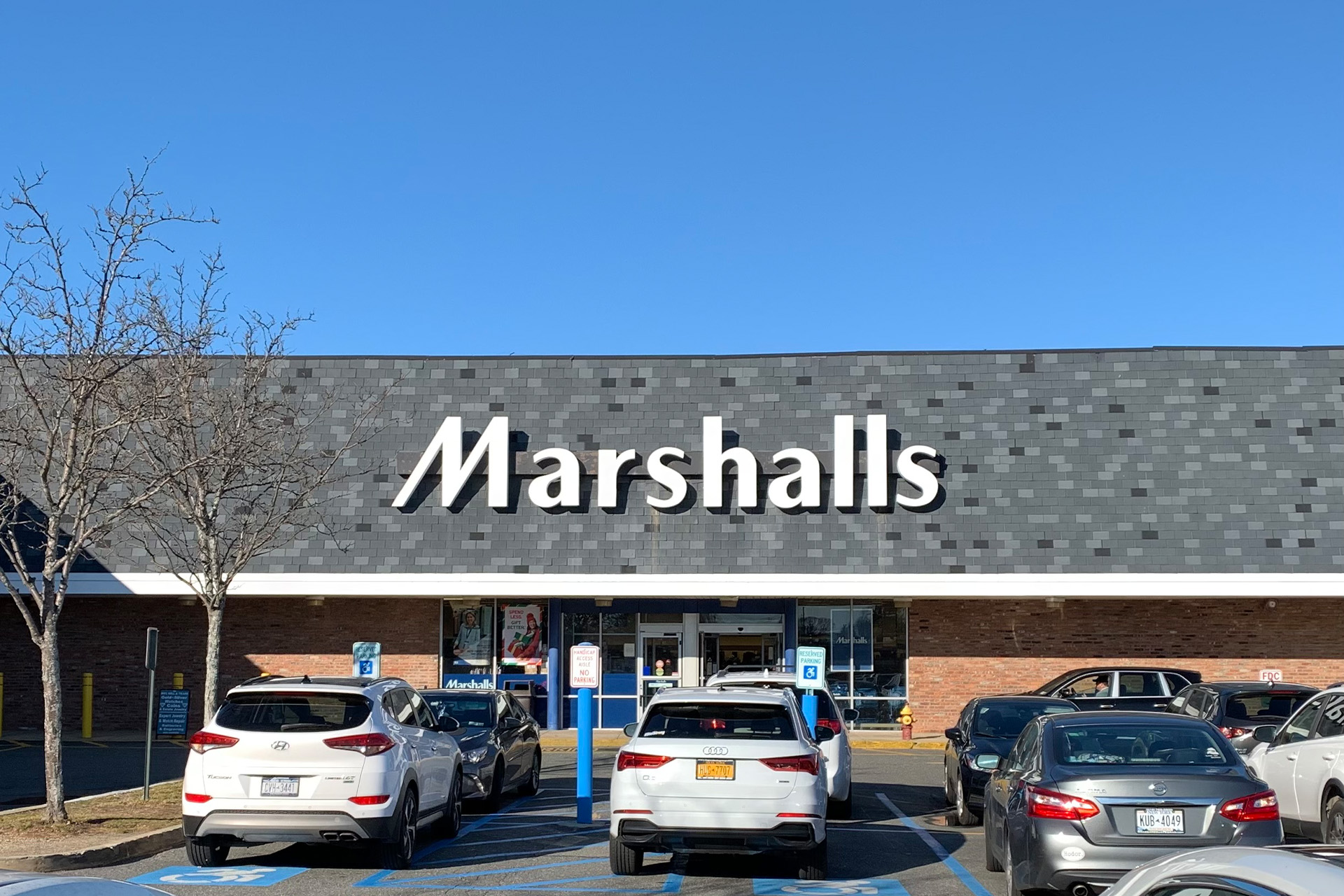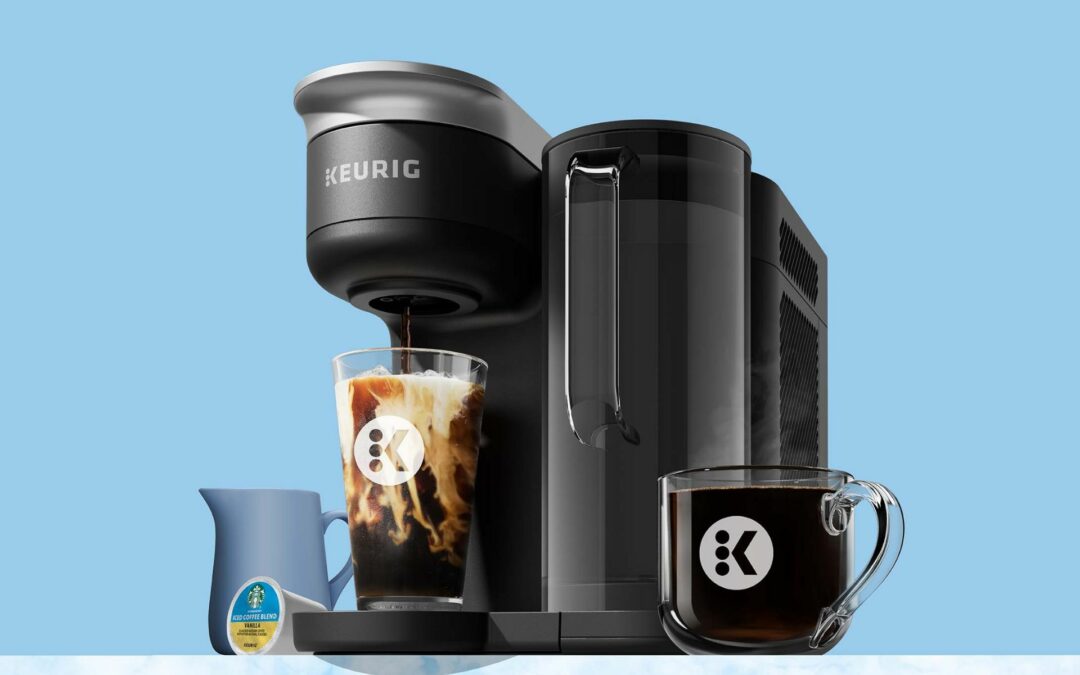With continued consumer demand for value merchandise unabated and relative financial strength among major companies, few doubted that off-price retailers would make a rapid comeback from closures related to the COVID-19 pandemic. But that doesn’t mean they don’t face challenges as supply chain disruptions create short-term headaches and online retail looms as a greater potential threat down the line.
Off-pricers have lately admitted they’ve had to shift assortments and incur more costs to deal with supply chain issues. In recent conference calls and other public statements, most off-price retailing leaders have expressed confidence they will be able to serve customers effectively this holiday season. Even so, while they may find merchandise to offer, but can they find enough of the merchandise consumers want?
Off-price outlets aren’t necessarily carrying goods in the same proportion they normally do, which may disappoint some consumers’ shopping categories where selection is not as abundant as expected. The question of quality also comes up as it may become more difficult to fill stores and keep high-quality standards. The fact that many consumers are specifically looking for gifts might help give retailers extra leeway as they look at opportunistic buys, but evidence suggests that some shoppers have noticed off-pricers aren’t as well-stocked as they have been.
However, the holiday season proceeds and Ethan Chernofsky, vice president, marketing at traffic tracker Placer.ai, said events have proven that anyone who thought consumers would curtail traditional physical store shopping when pandemic-related restrictions ended was wrong.
“Throughout the pandemic, we have seen a very clear pattern: When retail stores reopen, people return,” Chernofsky said. “Clearly, there are better-positioned retailers and those that are less well-positioned, but the customer demand for brick-and-mortar retail has remained incredibly resilient. The question now is this: Which retailers can create a brand that comes off as authentic and serves as a genuine pull for customers?”
Off-price retailers are seeing success because they have a very clear perspective on the retail landscape, and are able to effectively fill a specific niche. The treasure hunt experience has remained strong, and they have remained very disciplined in the way they want to approach customers. While there will assuredly be innovative ideas in the space moving forward, much of the current success comes from a commitment to a model that works.
– Ethan Chernofsky, Vice President, Placer.ai
Chernofsky said the off-price retail proposition continues to attract shoppers who have embraced the channel.
“Off-price retailers are seeing success because they have a very clear perspective on the retail landscape, and are able to effectively fill a specific niche,” he said. “The treasure hunt experience has remained strong, and they have remained very disciplined in the way they want to approach customers. While there will assuredly be innovative ideas in the space moving forward, much of the current success comes from a commitment to a model that works.”
Some observers see the off-price sector as potentially vulnerable. Not to say it won’t continue to maintain a strong retail customer base for the foreseeable future, but competitive propositions, particularly e-commerce and those associated with home delivery have the potential to erode the off-price customer base. Sure, it can be fun to shop the racks looking for a bargain, but it can be frustrating, too, when a particular item is great but the wrong color or size, and a range of alternatives isn’t present.
As much as parents who favor off-price stores train their children to appreciate their preferred shopping formats on trips for back-to-school clothing or room decor, the opposite is also true. Digitally adept offspring have an influence on their parents’ shopping pattern, Marsha Everton, principal, corporate director and advisor, The AIMsights Group, a market researcher focused on Millennial and Generation Z consumers, observed.
“They are influencing their parents more than their parents are influencing them,” she said.
The treasure hunt can be fun, Everton noted, adding TJX, for example, has made a particular point of the pleasure involved in unearthing a bargain through its marketing. However, she said none of the stores Millennials commonly pick as among their favorites — including Amazon, Walmart, Target and Costco — are typical off-price outlets. It’s worth taking into consideration that each of the most favored stores has a major if somewhat distinct e-commerce platform that operates with a growing number of incentives and supporting services attached.
Mark Neckes, former chairman of the marketing department of Johnson and Wales university, said Amazon and other online operators present a threat to off-pricers over time as they’ve made shopping more convenient and attractive with their expansion and improvement in services including pickup and delivery.
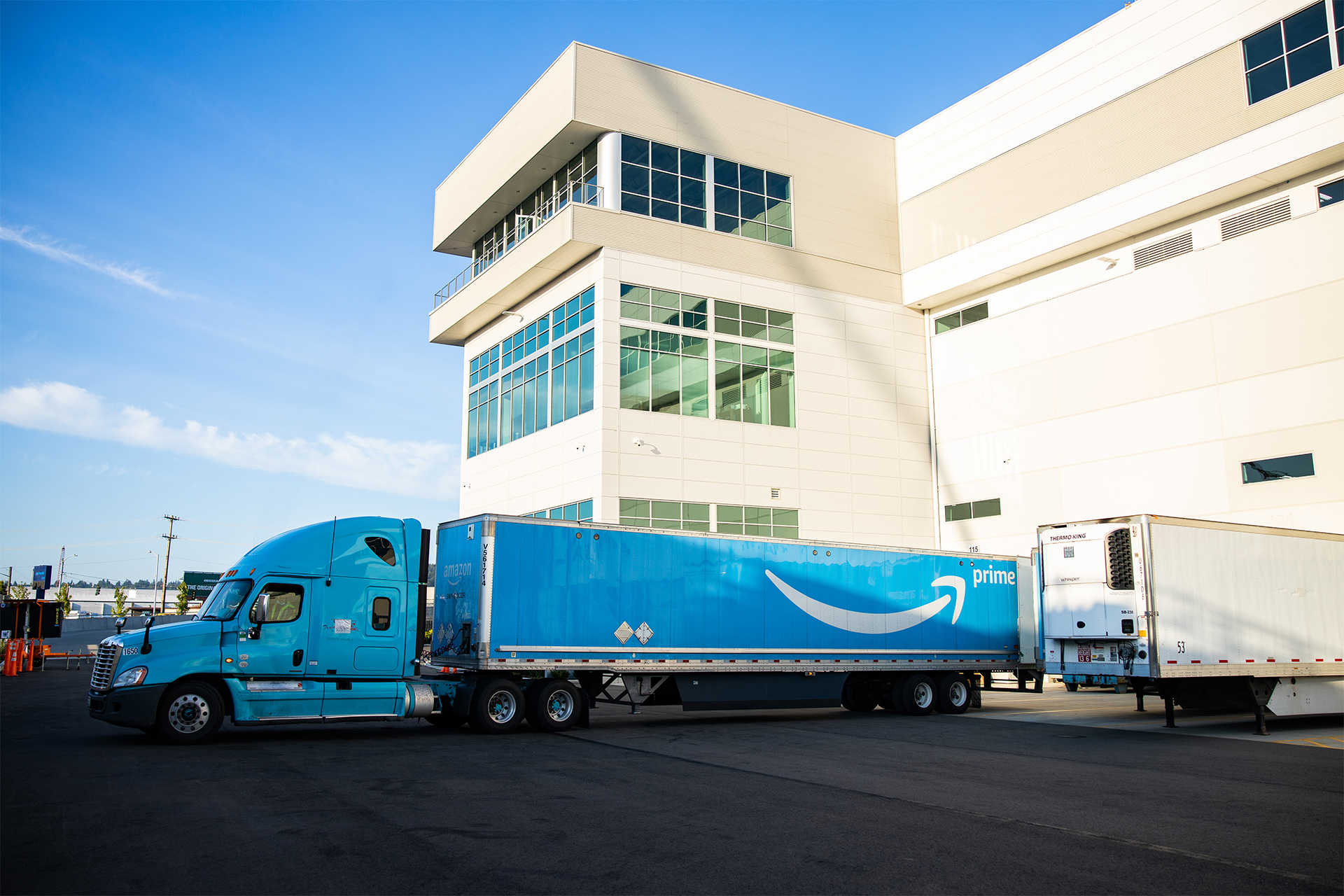
Even in his own case, Neckes had a misconception about Amazon that’s since been overcome.
“I didn’t realize how easy it is to return things,” he said. “It’s simpler than going to a store to return anything.”
As online retailers make it easier and more convenient to engage with them, they can potentially win over more off-price consumers who discover more advantages from shopping at home. Online retail doesn’t provide the same kind of treasure hunt shopping experience as the off-price channel, but digital retailers that determine how to present their operations in that way may become more competitive. The Wayfair emphasis on curation emerged as a way of connecting people with products they might prefer was a step in that direction. However, online retailers have yet to recreate that moment of walking into an off-price store and taking in the whole sales floor. If the priority of many online shoppers is to buy, the first priority of many online shoppers is to explore and find something they didn’t know they wanted as well as something they did.
Neckes noted convenience, generally considered among the most valuable advantages of digital shopping, might also be a consideration in the favor of off-prices retail stores. He said off-price outlets are convenient to most U.S. consumers, and their geographical distribution is a counterpoint to the convenience of shopping from home. The availability of resources and the financial strength of the most successful off-pricers present an opportunity to grow cost-effectively, given the amount of retail space that has been surrendered before, during and since the pandemic.
Yet, Neckes pointed out that the investment in stores forces off-pricers to be even warier of the fastest-growing part of retail, e-commerce. Not only is this a problem externally as a competitive factor, but it is also challenging internally because of the difficulty in developing a compelling way to entice consumers to online operations in a way that doesn’t cannibalize the stores in which they are so heavily invested.
Off-pricers, including TJX, have tried e-commerce to an extent, but it has run hot and cold on digital. TJX suspended e-commerce operations when the pandemic hit, including those under the T.J. Maxx and Marshalls banner. The company said the shutdown was initiated to protect workers from the coronavirus, but some observers suggest it also demonstrated concern about converting T.J. Maxx and Marshalls store denizens to e-commerce shoppers.
Yet, on the same hot and cold theme, it is unlikely that TJX purchased Sierra only because it saw a huge opportunity in the camping business. Sierra came onboard with a lot of e-commerce knowledge. On the other hand, initiating the kind of online-first transformation that Bed Bath & Beyond is attempting probably isn’t in the cards.
“TJX is huge, they’re not really online and I don’t think they can survive as something online,” Neckes said. “If the TJX Group is going to survive, they have to maintain their model.”
And Neckes recognizes, in many cases, shoppers still want to feel a comforter and see a coffee table in person before purchasing, and that first-hand experience, for value shoppers, can be had at an off-price store.
Still, Dennis Cantalupo, CEO at Pulse Ratings, said to evaluate off-pricers you must look at where the leaders are now and how they are employing their capabilities to deal with present conditions including securing merchandise and dealing with inflation.
Despite a volatile retail environment, off-price retailers such as TJX, Ross Stores and Burlington are coming out relatively unscathed. Their respective balance sheets remain healthy, and their strong operations give them the opportunity to eat some of the rising supply chain costs while passing along the rest to shoppers.
– Dennis Cantalupo, CEO at Pulse Ratings
“Despite a volatile retail environment, off-price retailers such as TJX, Ross Stores and Burlington are coming out relatively unscathed,” he said. “Their respective balance sheets remain healthy, and their strong operations give them the opportunity to eat some of the rising supply chain costs while passing along the rest to shoppers.”
He said it’s important to fully appreciate the degree of opportunity that changing market conditions of the past few years have provided off-pricers.
“The name of the game is market share,” Cantalupo said. “The glut of vacant real estate available following the surge in pandemic-induced closings provides TJX, Burlington, Ross and others the ability to continue to expand and/or relocate to better locations.”
Right now, off-price operators are positioning themselves for long-term effective growth while addressing the challenges that have emerged this year to follow on the trauma of earlier store closings, both a consequence of the pandemic. Big Lots remained open despite restrictions on retail the affected rivals because of its food component, one it is beginning to scale back. Yet it faces many of the same uncertainties present market conditions create, even if the opportunities for off-pricers seem to be significant at least through the foreseeable future.
TJX
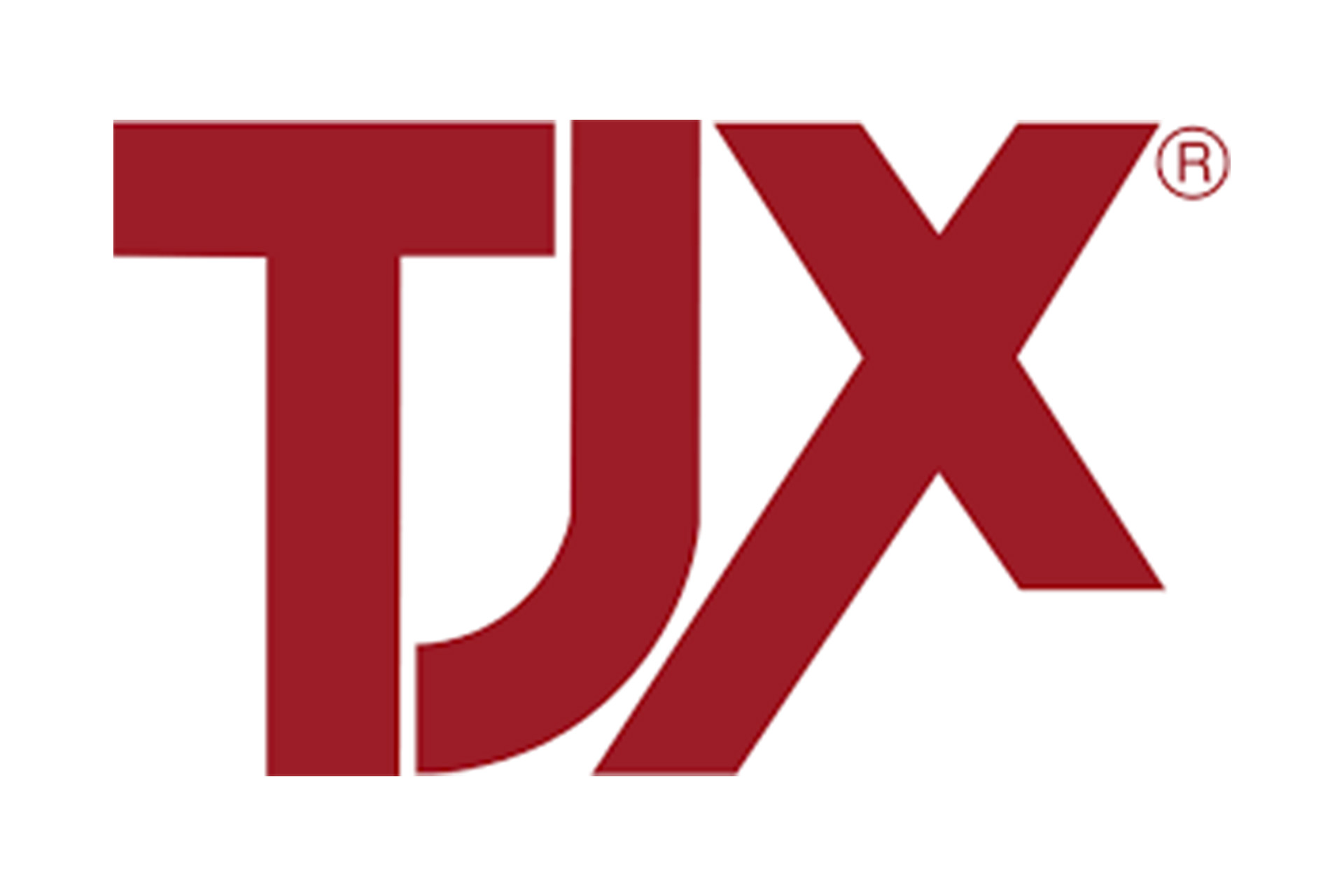
As it posted third-quarter results, TJX could report earnings of 1.02 billion, or 84 cents per diluted share, versus $866.7 million, or 71 cents per diluted share, in the period a year prior. The company posted a net income of $828.3 million, or 68 cents per diluted share, in the quarter two years ago, and it topped a Yahoo Finance-published analyst consensus earnings estimate of 81 cents per share and a revenue estimate of $12.27 billion. Net sales were $12.53 billion versus $10.12 billion the year-earlier quarter and $10.45 billion in the year before that.
On a two-year basis for open stores, comparable sales advanced 14% for the company overall. Marmaxx, including T.J. Maxx and Marshalls, gained 11%, HomeGoods 34%, TJX Canada 8% and TXJ International, including Europe and Australia, 10%. Ernie Herrman, TJX president and CEO, said in a conference call that the home business was a main contributor to sales growth at each of the company’s banners.
A HomeGoods e-commerce site debuted this fall with a curated selection of merchandise, the company announced, that’s not identical but is consistent with what shoppers find in HomeGoods brick-and-mortar stores. TJX will add new products regularly, and it expanded the online operation almost immediately with a collection of gifts and décor set for the holiday season.
In the company’s latest conference call, Herrman said that TJX believes e-commerce is something existing HomeGoods customers have awaited, but it also becomes another way for the company to attract new shoppers to the banner.
In the company’s latest conference call, Herrman said that TJX believes e-commerce is something existing HomeGoods customers have awaited, but it also becomes another way for the company to attract new shoppers to the banner. HomeGoods is using its existing merchant organization to source products in contrast to the arrangement with T.J. Maxx and Marshalls, where buying for the online operation is separate.
So, Herrman said, the HomeGoods operation will be leaner across the procurement structure and may become more profitable sooner than if TJX added a second merchant group. Homegoods.com will encourage consumers to make multiple purchases on any visit to Homegoods.com, Herrman said, including those initiated in a physical store.
By making it attractive to outfit or redesign whole rooms in one visit, homegoods.com will take the add-on sale element of off-price retailing — as much a part of the off-price business model as the treasure hunt — and give it a digital twist. And, rather than sell a portable electric toothbrush or candlesticks in near the checkout counters, homegoods.com is encouraging more substantially expanded purchases at once or over multiple shopping visits to the site.
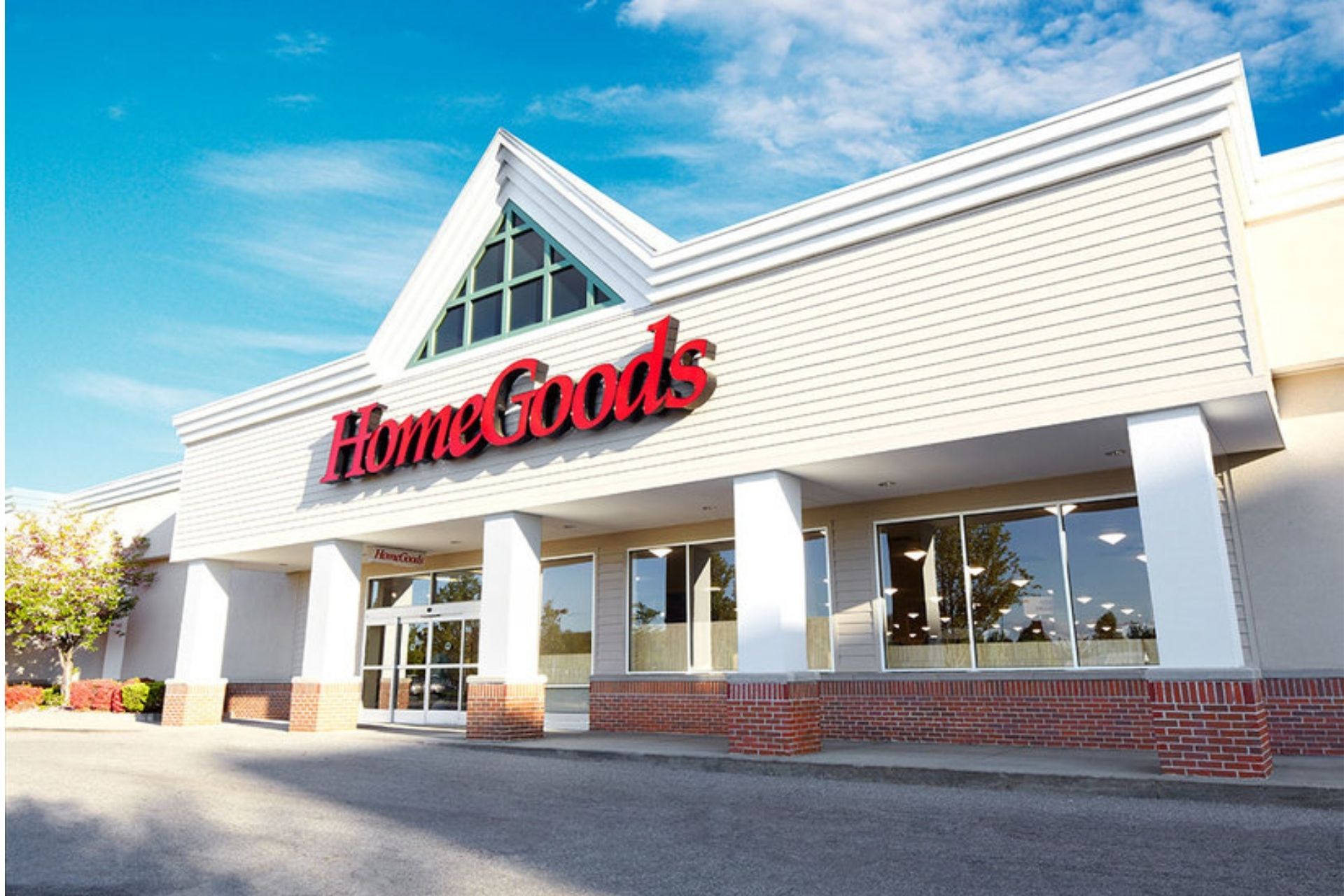
TJX is testing a plan to shift more shipping costs onto the homegoods.com customers as compared to its other banners. With the HomeGoods website, TJX may not have demonstrated an all-out online offensive, but it is actively experimenting with digital operations that may enhance the capabilities of the larger company.
During the quarter, operational flexibility allowed TJX to expand and contract merchandise categories in response to supply chain bottlenecks, Herrman said, adding that sales growth and merchandise margin more than offset macroeconomic headwinds.
The company’s value proposition should make its stores especially attractive in the holidays, Herrman said, in an inflationary environment where promotional bargains may not be as enticing as in years past. With a solid inventory position, the company has positioned itself as a gift giver’s destination and created marketing campaigns for each banner that highlight specific strengths.
Although positive about TJX on both a long- and a short-term basis, Cantalupo of Pulse Ratings pointed out in a research note that to ensure merchandise availability, the company is paying higher freight costs amid supply chain shortages, a scenario that is playing out across the off-price sector.
In the third-quarter conference call, Scott Goldenberg, TJX senior evp and CFO said, for the final weeks of the year, the company was looking at incremental freight costs at 80 to 90 basis points higher than in the third quarter primarily due to higher market rates being paid to secure capacity to ensure stores continue to have plenty of inventory.
Hermann said that the company has selectively raised prices to deal with the current cost realities but also as part of a longer-term strategy. And TJX is seeing market share gains and better conversion rates. Herrman declared that TJX had experienced “no pushback to pricing,” further saying, “We thought there would be a handful of items here or there that we would run into challenges with, but that has not been the case.”
Ross
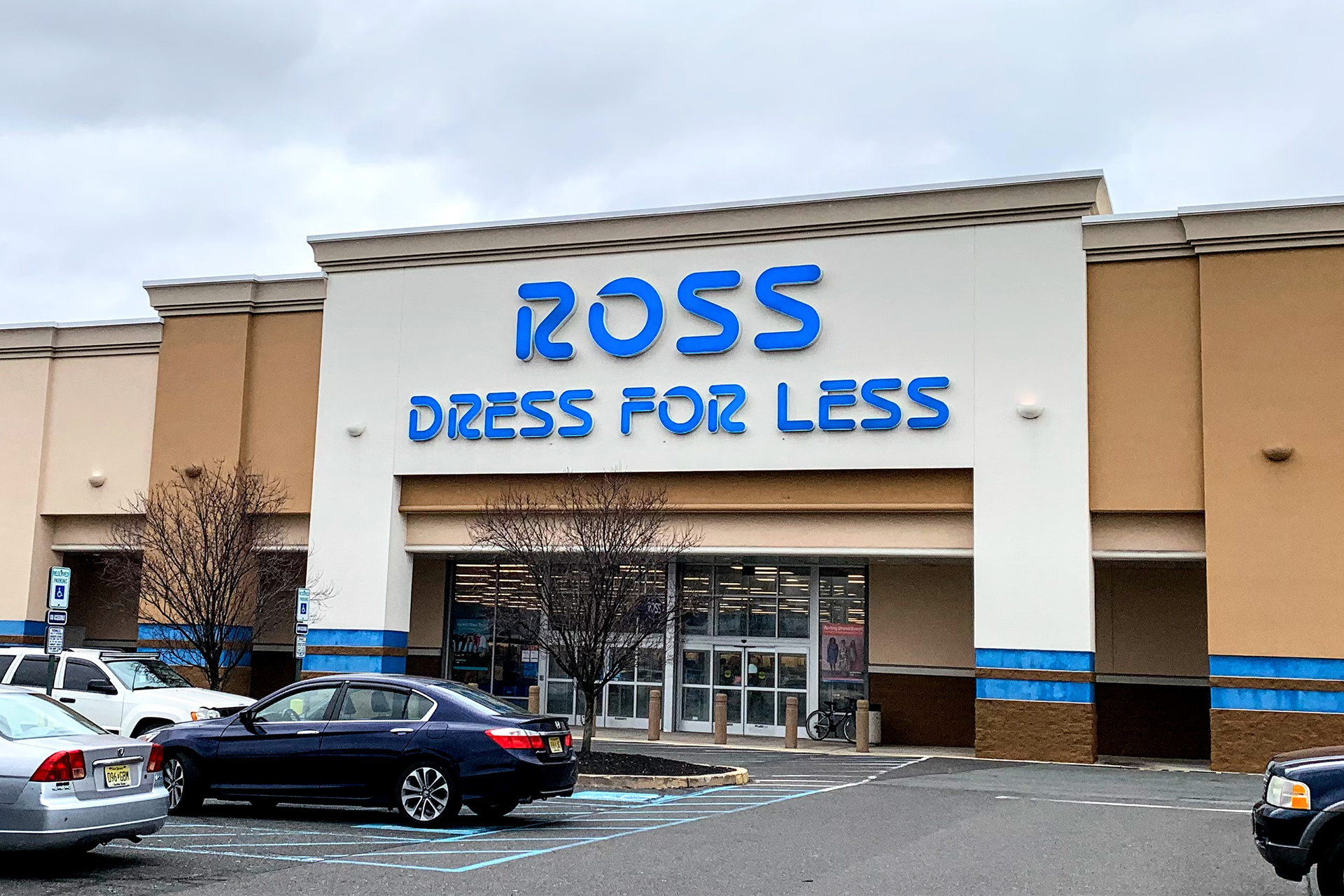
Ross Stores reported third-quarter diluted earnings per share of $1.09 on net earnings of $385 million versus 37 cents per diluted share on net earnings of $131.2 million in the 2020 quarter and $1.03 per diluted share on net earnings of $370.9 million in the 2019 period.
Comparable store sales gained 14% versus the 2019 period. The company posted third-quarter sales of $4.57 billion versus $3.75 billion in 2020 and $3.85 billion in the 2019 period. Ross topped Wall Street sales and earnings estimates in the quarter.
Adam Orvos, Ross evp and CFO, noted in the company’s third-quarter conference call that a larger average basket drove the comp gain with traffic down slightly versus 2019. A decline in overall profitability versus 2019 arose mainly from higher freight, wage and COVID-related costs. Barbara Rentler, Ross CEO, pointed out the company’s dd’s Discounts division, although otherwise performing well, experienced a profitability squeeze from the combined effects of the COVID-19 pandemic, wages and freight costs.
Michael Hartshorn, Ross group president and COO, noted that although inventory slipped only 1%, the company had some concern about stocking sufficient home merchandise inventory to meet its plans as transportation and port issues weighed.
In detailing the financial results, Rentler said third-quarter sales and profitability exceeded Ross expectations despite the ending of government stimulus and uncertainty related to the spread of COVID variants. Operating margin of 11.4% was better than planned but down from 2019 as higher freight, wage and COVID-related costs partially offset sales gains.
As it entered the holiday season, inventory was in a strong position, although home, as more of a direct import business, was in a somewhat weaker position given port congestion. Ross has worked to mitigate the effects of supply bottlenecks.
On the freight front, we’ve taken a number of actions to ready ourselves for the holiday selling period including adjusting our ordering times. We chartered our own ocean vessel, and we’ve been purchasing at market rate capacity to make sure we have enough ocean freight. You can see that, certainly, in our margins for the quarter. The congestion right now is squarely focused on the port and getting goods out of the port.
– Michael Hartshorn, Ross Group President and COO
“On the freight front, we’ve taken a number of actions to ready ourselves for the holiday selling period including adjusting our ordering times,” Hartshorn said in the company conference call. “We chartered our own ocean vessel, and we’ve been purchasing at market rate capacity to make sure we have enough ocean freight. You can see that, certainly, in our margins for the quarter. The congestion right now is squarely focused on the port and getting goods out of the port.”
Otherwise, Ross has been looking at how it ought to adjust prices due to market dynamics as they are proceeding now and as they develop.
“Our pricing model is really built off of other mainstream retailers, and then we provide a discount,” Rentler said. “So, we’re very aware of pricing at different levels of distribution, and we watch it closely. With that, we’ve continued to experiment with higher retails. In some cases, it’s been absolutely fine, and in some cases, not quite as fine, and I wouldn’t elaborate more on that in this forum, but what I would say is we would adjust pricing over time once we understand it. We don’t know where it’s really all going at this point, but we are definitely experimenting with different retailers.”
Burlington Stores
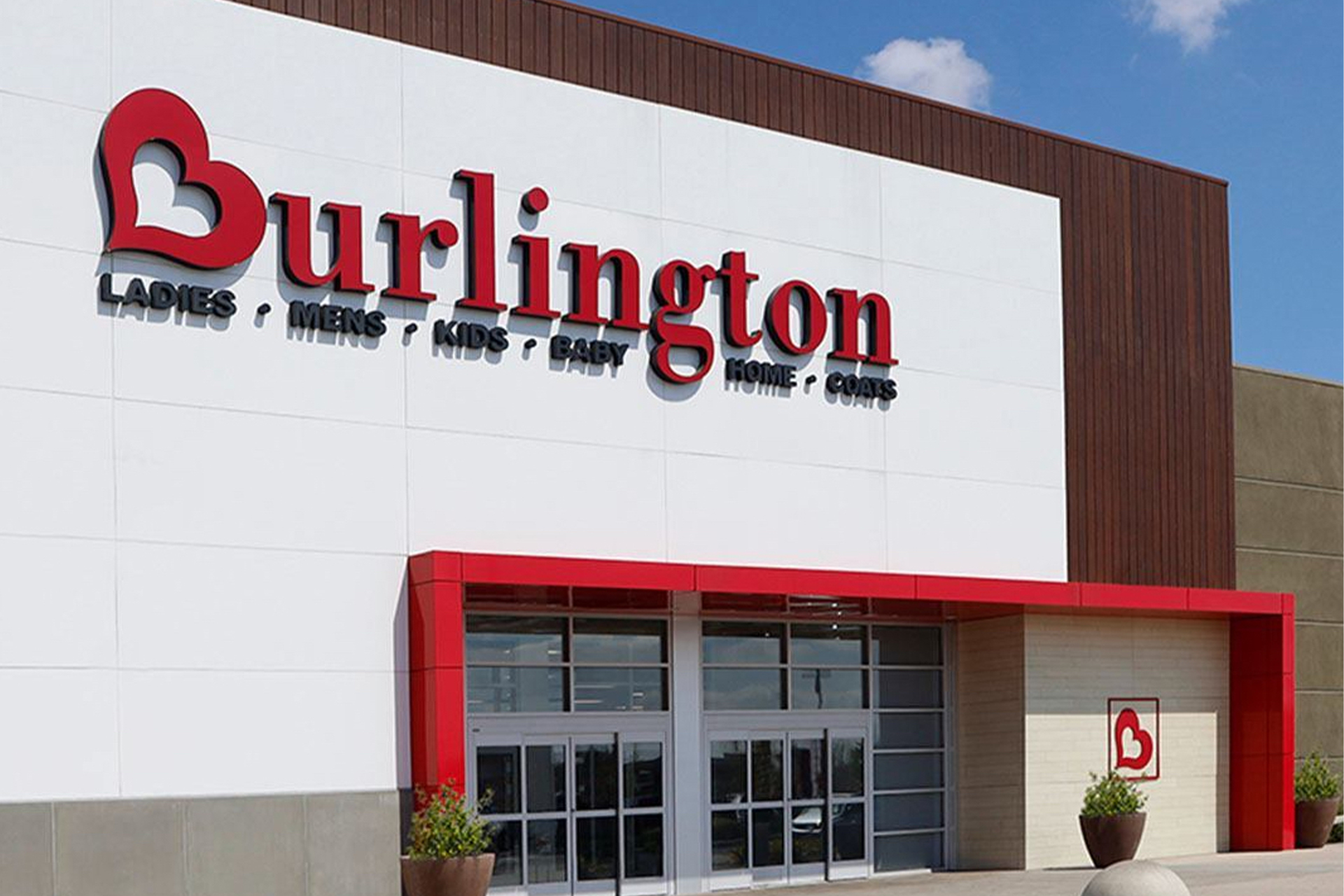
Third-quarter net income at Burlington Stores was $13.6 million, or 20 cents per diluted share, compared with $8 million, or 12 cents per diluted share, in fiscal 2020 and $96.5 million, or $1.44 per diluted share in fiscal 2019. Adjusted for one-time events, net income was $92.9 million, or $1.36 per diluted share, versus $19.5 million, or 29 cents per diluted share, in the 2020 quarter, and $102.7 million, or $1.53 per diluted share, in the 2019 period.
Third-quarter comparable sales advanced 16% versus the 2019 third quarter. Total sales increased to $2.3 billion from $1.66 billion in the year-earlier quarter and $1.77 billion in the 2019 period, while total revenues were $2.3 billion versus $1.67 billion in the year-earlier quarter and $1.78 billion in the 2019 period. Burlington was another off-pricer that beat Wall Street third-quarter sales and earnings estimates.
Burlington CEO Michael O’Sullivan said the company’s third-quarter conference call, that inflationary pressures and other macroeconomic factors favored Burlington as consumers subject to such conditions are more likely to shop down than up, and he added the price differential between an item at Burlington and a similar item in other retail sectors has never been greater. He said the company’s strategy as it is today has emphasized flexibility, which could aid Burlington in an environment where merchandise availability is spotty due to the congested supply chain.
Although transportation and supply chain difficulties hurt Burlington’s third-quarter results, O’Sullivan said the company expanded its reserve inventory in the period. The company enjoyed some major opportunistic buys during the quarter and has been looking forward to a favorable buying environment as the year ends and other retailers cancel late deliveries.
In announcing third-quarter financials, O’Sullivan made the point that, as freight and supply chain headwinds subside over time, Burlington should have attractive buying opportunities as well as significantly lower expenses.
Although the common view is that off-pricers would take advantage of bankruptcies and other store closing circumstances to grow, O’Sullivan was specific when he said Burlington would accelerate the pace of its new store opening program based on the success of its recently deployed prototypes and especially the company’s small format.
He said Burlington would open 90 net new stores in 2022 and 100 to 120 net new stores in 2023 in addition to relocating from larger to smaller locations at a pace of around 30 a year.
Big Lots
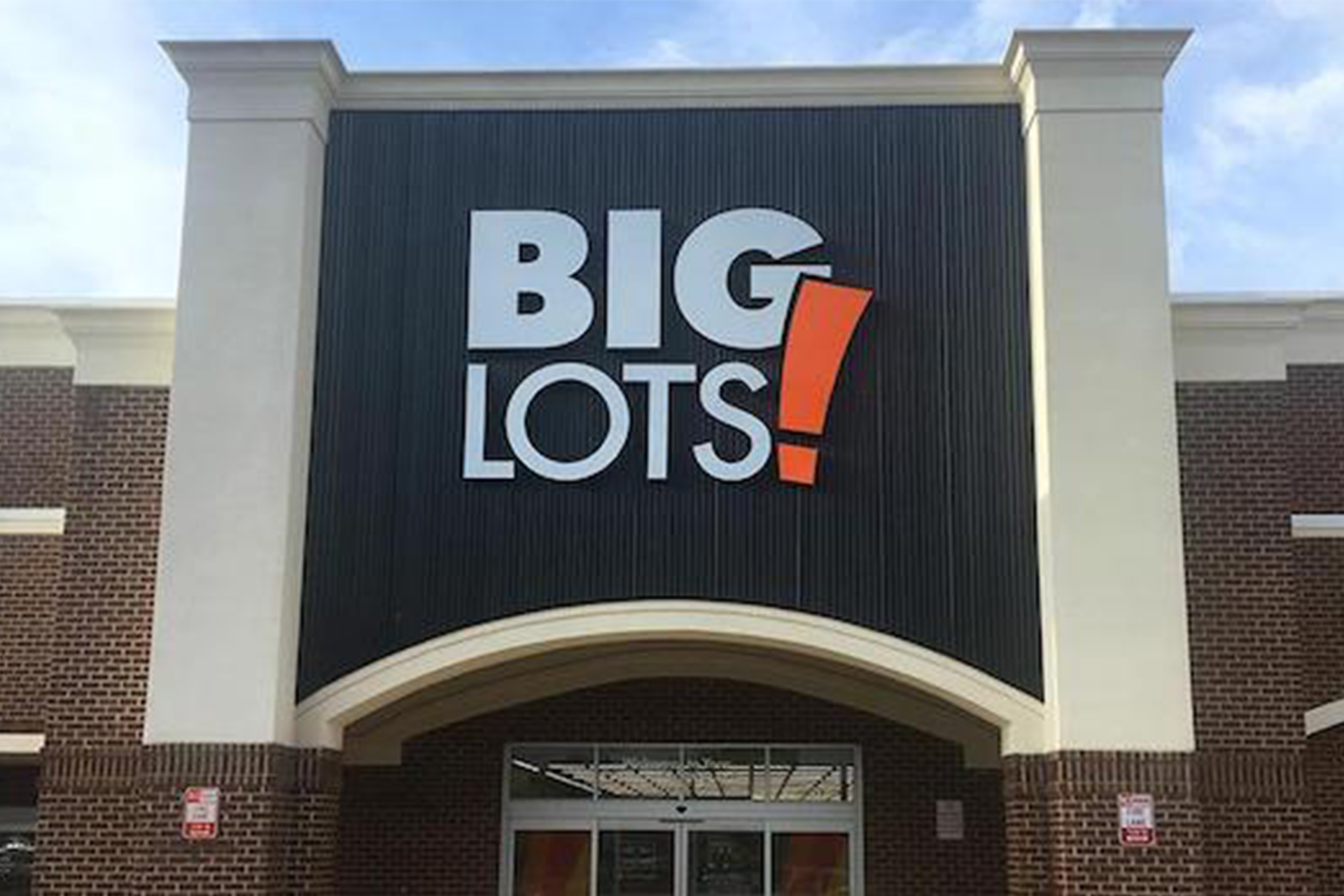
Despite gains at stores that remained open in the pandemic, Big Lots still felt the squeeze of macroeconomic effects in the third quarter, although it did a bit better than analysts expected.
The company posted a net loss of $4.3 million, or 14 cents per diluted share, for the period versus net income of $29.9 million, or 76 cents per diluted share, in the year-prior quarter.
Wall Street expected Big Lots to report a net loss of 16 cents per share and net revenues of $1.32 billion.
In the company’s second-quarter conference call, Big Lots executives noted that Asian manufacturing challenges, supply chain disruption and labor cost pressures associated with hiring and retaining distribution center workers would lead to a loss in the third quarter.
Net sales were $1.34 billion, down 3.1% from the third quarter a year before while comparable sales slipped 4.7%. On a two-year basis, comps advanced 12.3% in the quarter. On the same two-year basis, furniture, hard home and soft home comps increased in the mid to low double digits. Seasonal two-year comps increased by 31%. Net new stores and relocations contributed 160 basis points of sales growth versus the 2020 period, Big Lots indicated.
Bruce Thorn, Big Lots president and CEO, said in a third-quarter conference call that the company’s expansion of furniture and seasonal had positive effects in the period. Food sales shrunk, a development affected by a reshuffle and consolidation of sets. Inventory ended the quarter up 17.3% year over year, which Big Lots characterized as leaving the company well-positioned to meet fourth-quarter demand. Thorn emphasized that Big Lots expected strong holiday season sales with a customer that is “revenge shopping” after constraints imposed by the pandemic.
In announcing the financial results, Thorn said, the company’s “absolute focus” entering the fourth quarter was assembling appropriate inventory so Big Logs could deliver a satisfying holiday experience for customers, and he insisted that the fourth quarter got off to a strong start with November comps up 10% on a two-year basis, including record Thanksgiving and Black Friday week sales.
Thorn conceded that supply chain challenges would continue for the near term, but he said Big Logs has been managing through them in partnership with manufacturing and transportation partners, strategically prioritizing merchandise receipts, creating new capacity in forward distribution centers and establishing DC by-pass program to move produce quickly form ports to stores. It’s also adjusting to ensure successful recruiting and retaining DC associates. Big Lots also has taken pricing actions as a response to supply chain cost issues, while retaining an emphasis on value for shoppers.
In the third-quarter conference call, Thorn said that price increase decisions came with consideration of position versus leaders in the marketplace and had been accepted by customers.
Looking at the year ahead, Torn said, Big lots expects to post a new record sales year in 2022. The company plans to add 50 net new stores and continue to expand e-commerce capability as one of the off-pricers that is emphasizing digital. The company’s e-commerce sales through the first 11 months of the year were up about 300% from the 2019 period, he said, with an expectation they could reach $1 billion over the next few years.
Kirkland’s
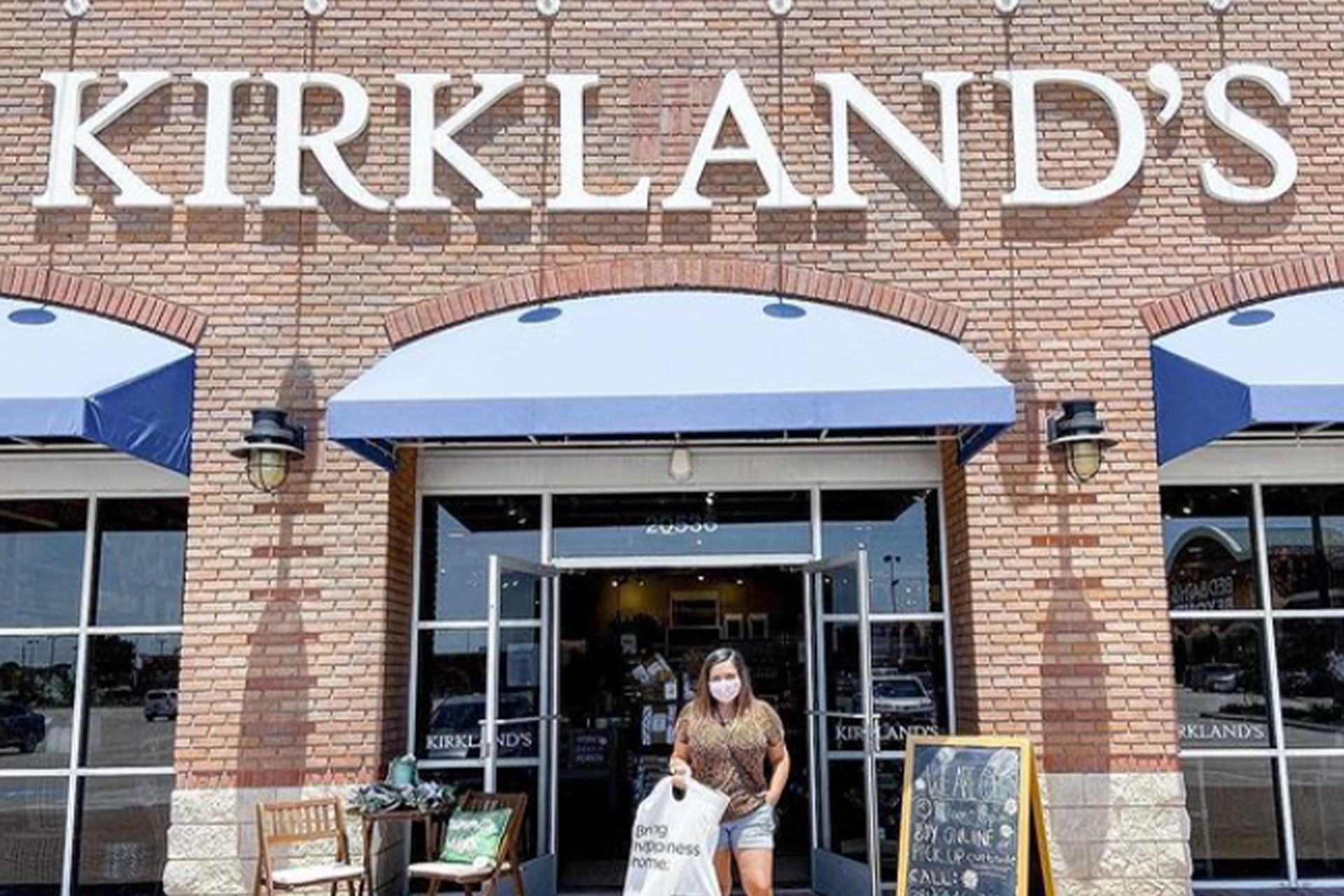
Kirkland’s net income in the third quarter was $7.2 million, or 51 cents per diluted share, versus $12.34 million, or 82 cents per diluted share, in the year-previous period.
Adjusted for one-time events, net earnings were $7.3 million, or 51 cents per diluted share, versus $10 million, or 66 cents per diluted share, in the year before quarter. Kirkland’s net sales were $143.6 million versus $146.6 million in the year-earlier quarter. Comparable sales slipped 0.7% in the quarter year over year, even as e-commerce comps increased 7.3%.
A Yahoo Finance-published analyst consensus estimate looked for earnings per diluted share of 56 cents and sales of $146.1 million.
Steve “Woody” Woodward, president and CEO of Kirkland’s, said two-year comparisons with, for example, an 8.4% two-year comparable sales increase, are a better induction of Kirkland’s overall turnaround progress than those with fiscal 2020. He pointed out that incremental freight costs erased what would have been gross margin expansion in the third quarter.
In Kirkland’s conference call, transcribed by the company, Woodward said difficulty securing holiday merchandise and how it arrived in stores, with Christmas ornaments arriving well before trees and, so, disrupting merchandising plans, hurt sales in the third quarter. Challenges obtaining sufficient labor exacerbated the situation on the store level, as seasonal changes became even more troublesome to accomplish in a timely fashion. Kirkland’s has temporarily shifted consumer outreach emphasis away from new customer acquisition, where it had been focused in the third quarter, to established shoppers who have proven in the past to be enthusiastic holiday decorators.
Woodward emphasized that Kirkland’s has managed to boost the proportion of higher-priced merchandise in its stores, which is behind the 8% two-year comp increase and a 5% two-year comp gain in the second quarter.
“This is important as we think of how far we’ve come since embarking on this journey and our ability to sustain long-term growth with fewer stores and significantly reduced cost structures,” Woodward said. “Based on what our customers are buying, we are seeing great success with a higher AUR product in both seasonal and everyday categories, and our price increases have not seemed to impact purchasing decisions. This important data, as it underscores our confidence in our long-term merchandise transformation strategy.”
Woodward added that recent lessons hadn’t been lost on the company as it presses its turn-around efforts into next year even as it continues to cope with supply chain troubles.
Our goal has always been to become less dependent on the seasonality that comes with holiday shopping, which is why we have focused heavily on expanding our furniture and outdoor living merchandise that typically has higher sell-throughs in the first two quarters of the year. The third and fourth quarters are examples of how too much heavy reliance on the limited selling period can have a sizeable impact on the results if you don’t have more balance selling throughout the year.
– Steve “Woody” Woodward, President and CEO of Kirkland’s
“Our goal has always been to become less dependent on the seasonality that comes with holiday shopping, which is why we have focused heavily on expanding our furniture and outdoor living merchandise that typically has higher sell-throughs in the first two quarters of the year,” he said. “The third and fourth quarters are examples of how too much heavy reliance on the limited selling period can have a sizeable impact on the results if you don’t have more balance selling throughout the year.
Additionally, we’re excited to announce that we will be starting a brand awareness campaign to launch our rebrand of Kirkland’s Home in the first quarter of 2022. This initiative will be a significant step toward our customer acquisition efforts as we look toward the bright future to give our company a brand name that more appropriately reflects our merchandise assortment while continuing to pay homage to our past. We look forward to sharing further details about these marketing efforts once we have officially launched the rebrand.”
He also noted that Kirkland’s commitment to transforming into a “specialty retailer where customers are able to furnish their entire home on a budget is unwavering. As we’ve begun refreshing our store base, introducing a higher quality and more stylish merchandise assortment, and bolstering our omnichannel capabilities, we believe we’ve started to make a meaningful impression on the current and potential customers. With a leaner infrastructure we’ve put in place an aggressive customer acquisition strategy, and continued progression in our sourcing efforts, we are in tune with customer buying preferences and can be quite nimble to evolve our assortments for when those preferences shift.”
Tuesday Morning
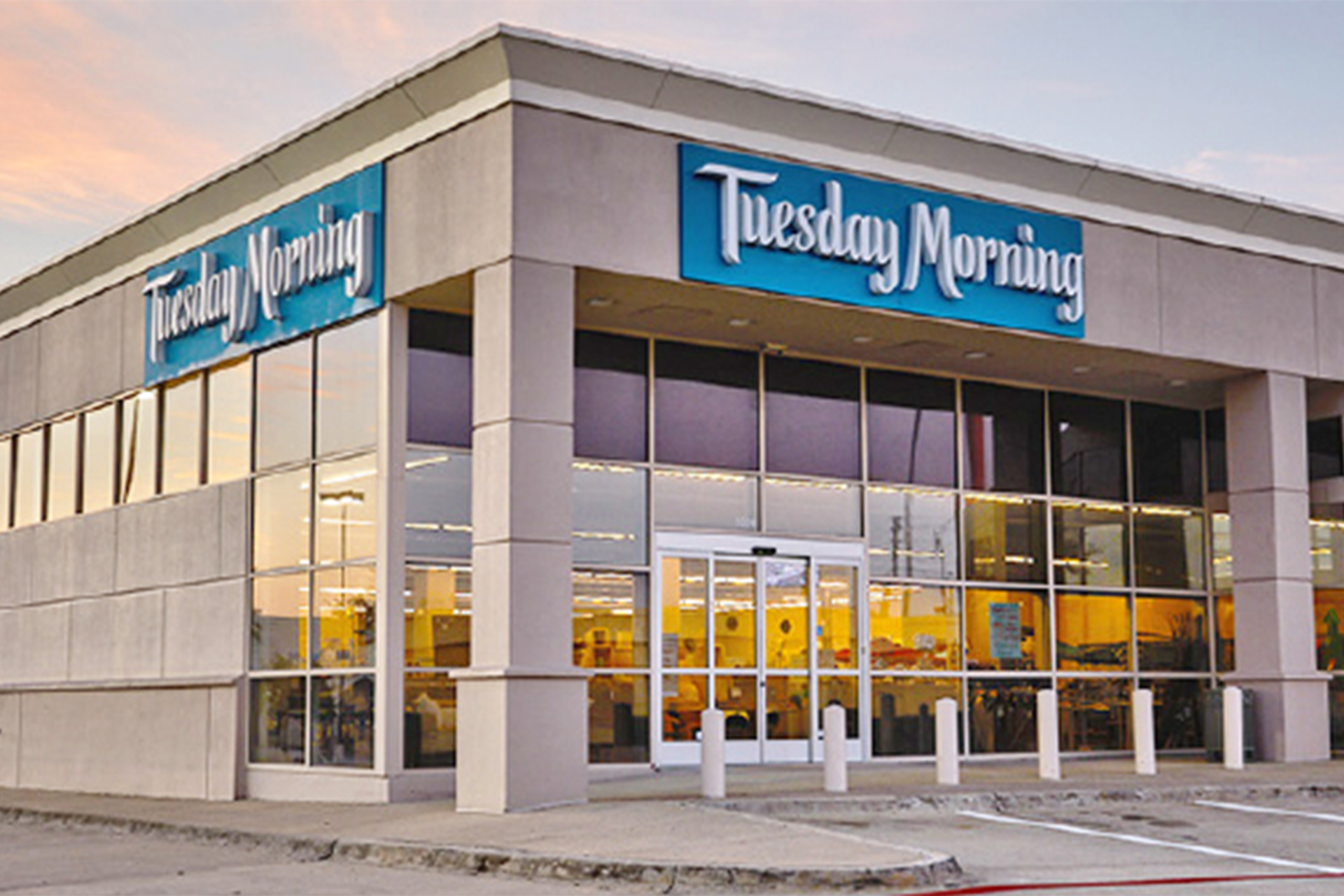
Tuesday Morning emerged from Chapter 11 bankruptcy protection early this year and ended its first fiscal quarter, on September 30, with a smaller loss year over year and a comparable store sales gain on a two-year basis.
Tuesday Morning posted a net loss of $14.6 million, or 17 cents per share, versus net sales of $18.6 million, or 41 cents per share, in the year-prior quarter. Net sales were $176.9 million in the quarter versus $161.5 million in the year-earlier period.
However, earnings per share loss came in worse than an analyst estimate published by MarketBeat.
Comparable store sales increased 3.2% on a two-year basis for the 489 stores that were open in the first quarter of fiscal 2022 and the first quarter of fiscal 2020, in a store portfolio that ended down 42% versus the period two years ago.
Tuesday Morning CEO Fred Hand said in announcing the financial results that the company is ready for the holiday season with inventory levels at expected levels as to goods in the pipeline to stores and not waiting off West Coast ports.
Hand said in the company’s first-quarter conference call that Tuesday Morning has been enhancing assortment by focusing on higher AUR categories such as housewares and textiles and reducing penetration in lower AUR categories including craft, paper and food. It also has been reducing clutter in-store and increasing inventory turns as it addresses and realigns merchandising and financial systems and begins work to improve the supply chain.

